A Saxon Tower in Oxford
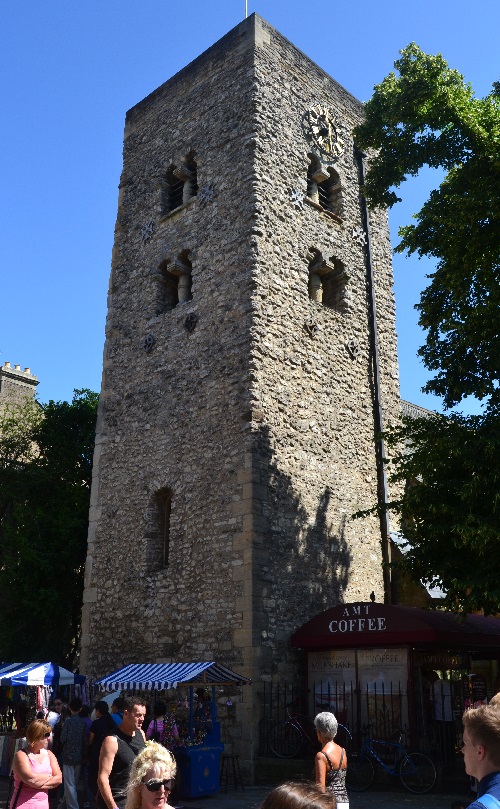
Ha! I bet you were expecting another Spanish post, weren’t you? Well, I spend the summers in Oxford, so this week you’re getting something a little more northern. When I’m not researching my next book in the Bodleian Library, I set out to explore the city and surrounding countryside for sights of historical interest.
Oxford is a beautiful university town filled with fine architecture. It’s also an ancient city with roots back into prehistory. It first came into prominence in Anglo-Saxon times and a trace of this has survived. On busy Cornmarket Street, there’s a well-preserved example of a Anglo-Saxon tower. It’s part of St. Michael at the North Gate church and was built around the year 1040. This makes it Oxford’s oldest building and one of the oldest Anglo-Saxon structures anywhere.
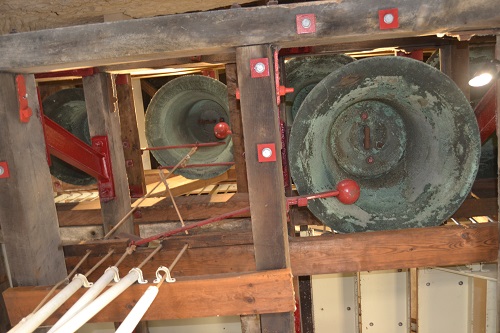
The church was set just inside the North Gate of the old city wall. Of the original church, only the tower survives. It has strange, door-like windows high up, which architectural historians believe were used by priests to show off relics to the crowds below. The thought of standing in an open doorway high above a cobblestone street brought on a sense of acrophobia matched only by my ascent of the minaret at Samarra. The more modern church building still retains several medieval elements, including bits of 13th century stained glass in the east window of the chancel and a 15th century font. The lady chapel and north transept date to the 14th century, while the north aisle and nave date are 15th century. Of course, it has been much restored over the years, but an observant visitor will see some fine old elements.
The main attraction, however, is the tower itself. As you climb the steps you can examine the bells, a small museum, and a 19th century clock mechanism. Drop a coin in and it will come to life for you!
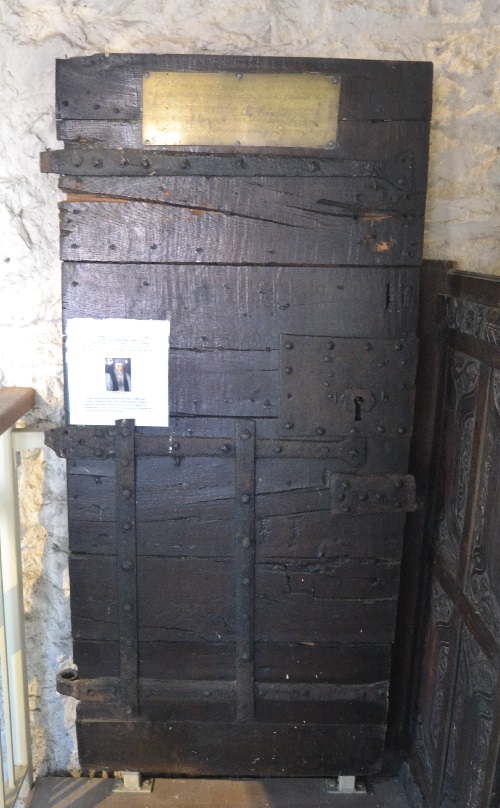
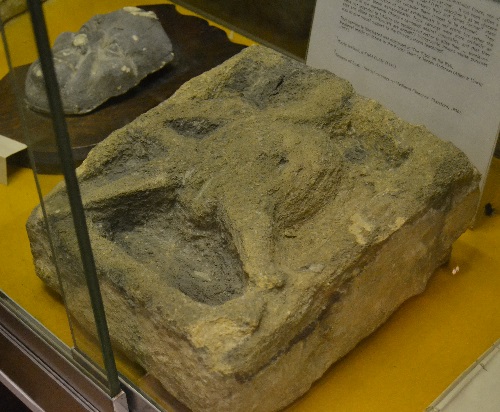
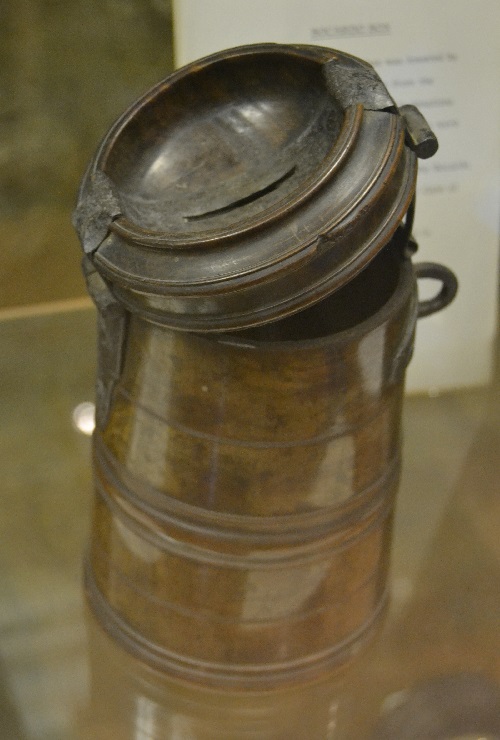
Just as a reminder, I’m attending Worldcon in London this August and would love to meet up with Black Gate readers and contributors. Drop me a line!


Sean McLachlan is a freelance travel and history writer. He is the author of the historical fantasy novel A Fine Likeness, set in Civil War Missouri, and the post-apocalyptic thriller Radio Hope. His historical fantasy novella The Quintessence of Absence, was published by Black Gate. Find out more about him on his blog and Amazon author’s page.
All photos copyright Sean McLachlan.